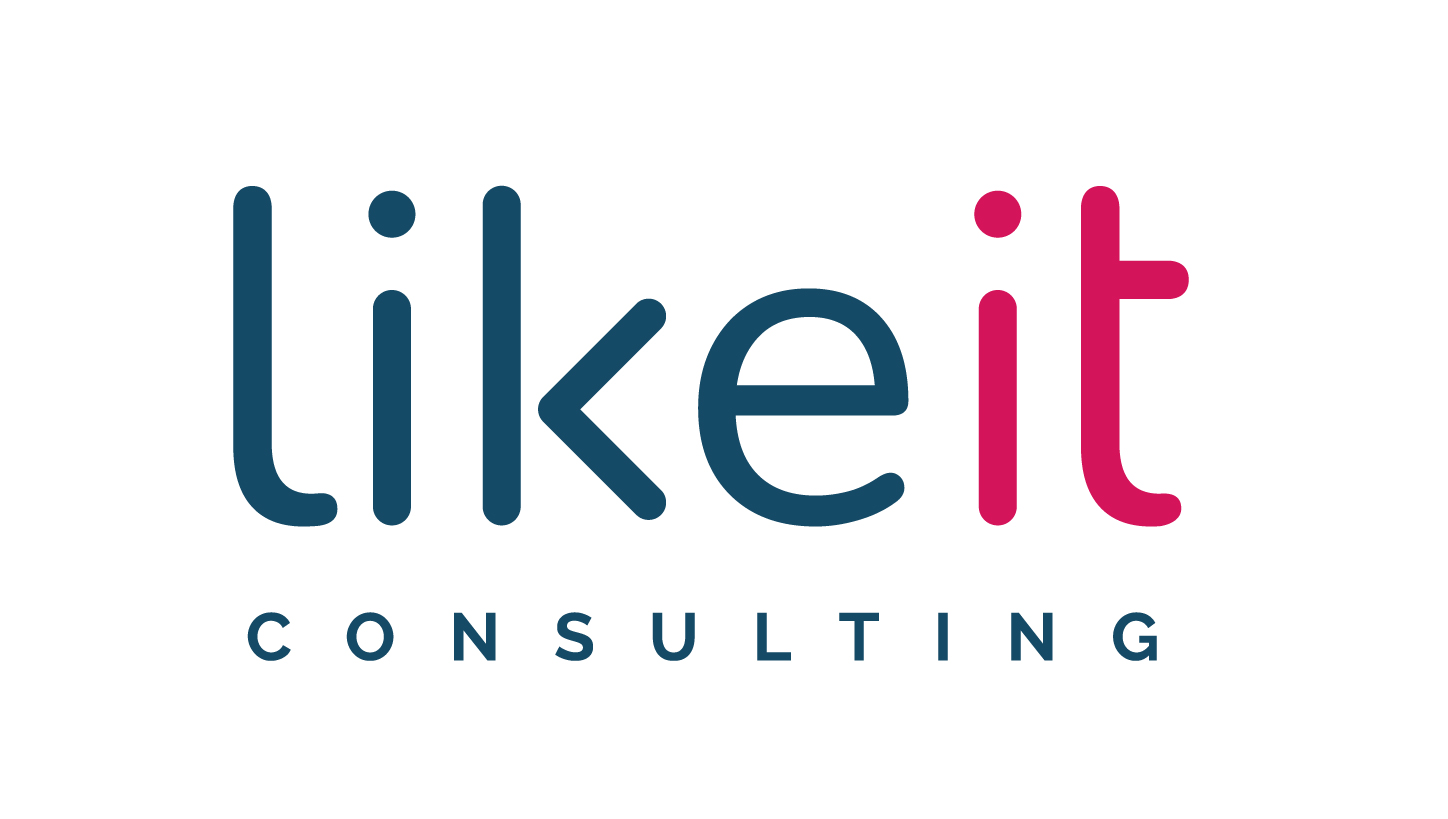Digitalization has transformed the way we do business in all aspects. One of the most significant changes has been the transition from paper invoices to electronic invoices. This change has become mandatory for many companies, leading to doubts and questions about how to adapt correctly. In this article, we will break down everything you need to know about electronic invoicing and how you can implement it in your business.
What is electronic invoicing?
Electronic invoicing is a digital document that meets all the legal requirements of a traditional paper invoice. This means it has the same legal and fiscal value but is sent, received, and stored in electronic format. This change brings numerous benefits, including reducing paper consumption, simplifying administrative processes, and improving efficiency in billing management.
How to create an electronic invoice in Spain?
Register in the electronic invoicing system: To start issuing electronic invoices, you need to register in the corresponding electronic invoicing system. There are different platforms and systems that offer this service, so make sure to choose one that complies with legal requirements and meets your business needs.
Configure your billing software: Once registered in the electronic invoicing system, configure your billing software to generate electronic invoices. Ensure that the software is up to date and complies with the standards of the AEAT (State Tax Administration Agency) to avoid legal issues in the future.
Issue the electronic invoice: Once configured, you can start issuing electronic invoices. Fill in all the mandatory fields, such as sender and recipient data, description of goods or services, total amount, and invoice number. It is important that the electronic invoice complies with all legal requirements to be valid.
Send the electronic invoice: Once issued, send the electronic invoice to the customer. You can send it by email, through an electronic invoicing portal, or using any other electronic means agreed upon with the customer. Ensure that the customer receives the invoice securely and in the correct format.
Store the electronic invoice: Finally, make sure to store the electronic invoice according to legal requirements. In Spain, electronic invoices must be retained for a minimum period of five years, so it is important to have a secure and easily accessible storage system.
Electronic invoicing is a powerful tool that can help companies improve efficiency, reduce costs, and comply with tax regulations. Its use has become increasingly common, so it is important for companies to be prepared to make the transition correctly. By following the steps mentioned above and using the right tools, any company can start issuing electronic invoices easily and securely.


